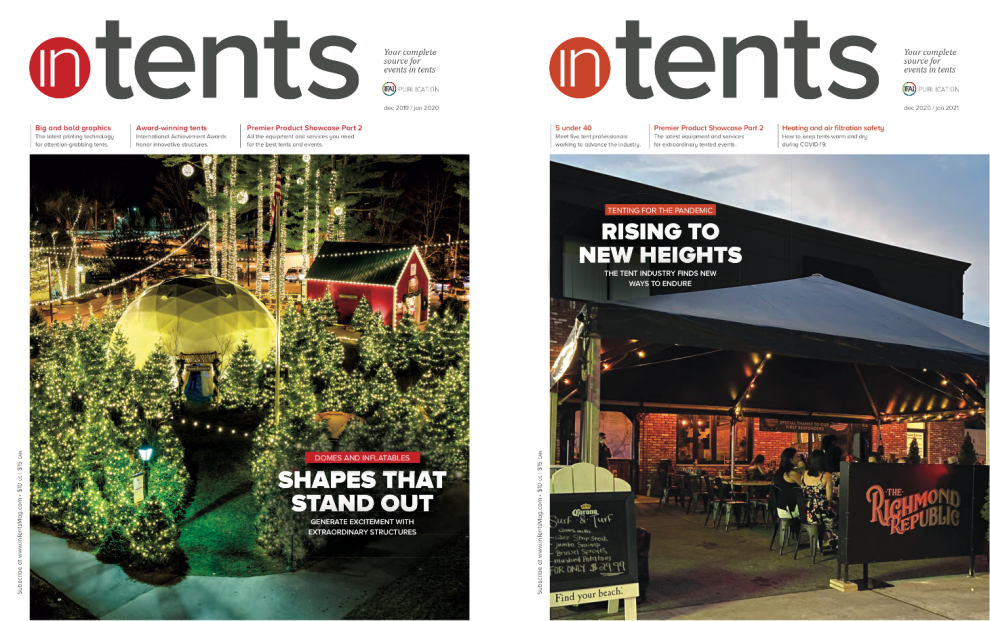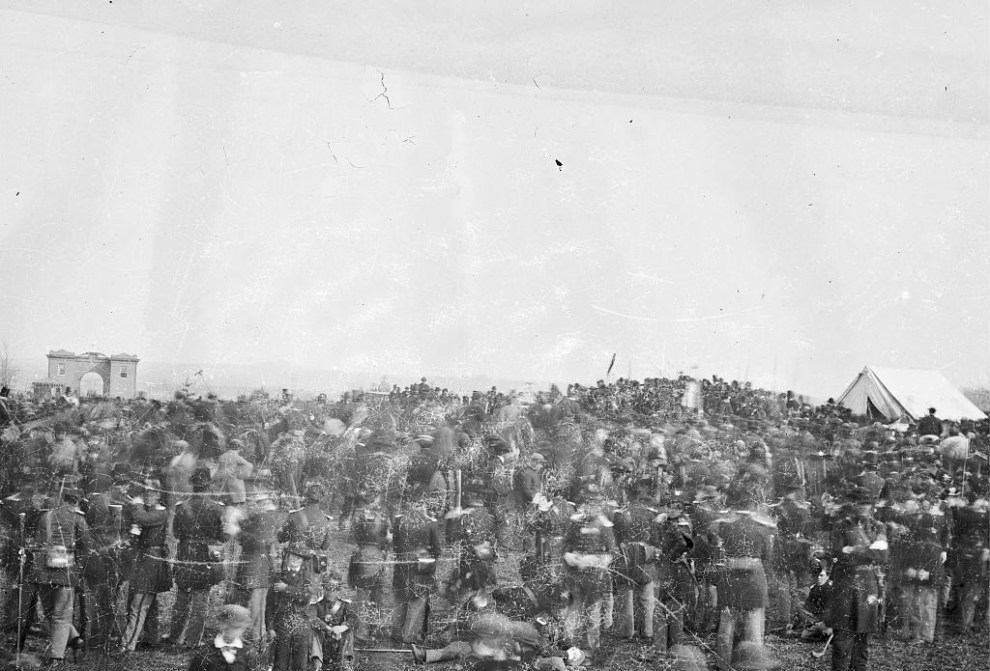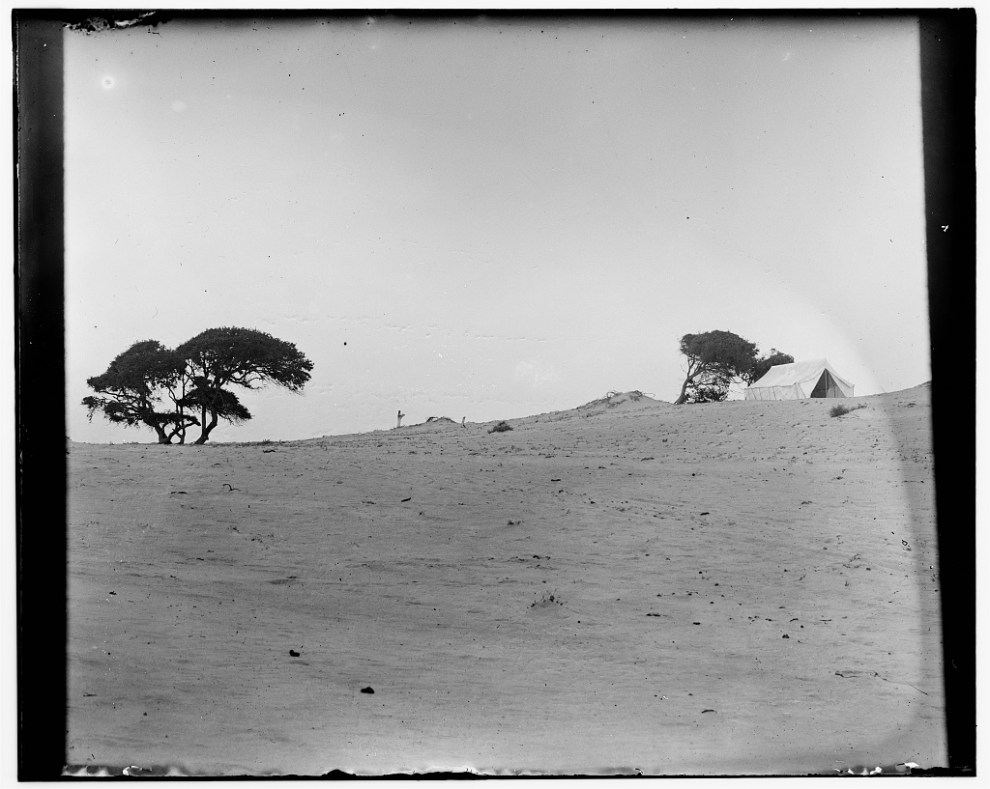In December 2019, the cover story of InTents magazine was fascinating—and unfortunately timed. It focused on domes and inflatable structures—“shapes that stand out,” the headline read—that had grown in popularity in recent years, largely thanks to Instagram. “Whether celebrating wine, beer, garlic, apples, jazz or some other beloved product, pursuit or pastime,” the opening line of the piece reads, “there seems to be no end to festivals.”
The issue also explored how to “go big and bold” with tent graphics, highlighted a tent built to survive Antarctic conditions, and described how event organizers in Bayfield, Wisconsin, managed to prevent their big top from leaking. An editorial in the issue proclaimed, with the simple yet effective headline, “Tent Conference 2020: Worth it!” Going into the new year, the magazine offered its 10,000 or so subscribers, mostly event planners and people who run tent rental companies, ideas for supporting parties, winning over customers, and drawing a crowd.
Like I said, unfortunate timing.
With an editorial staff consisting of one enthusiastic editor based in Minnesota, the bimonthly magazine—published by the Industrial Fabrics Association International and the only major magazine (at least as far as I am aware!) that’s entirely devoted to tented events—quickly went from covering how to roll out the red carpet to covering how to roll out hand-sanitizer dispensers, outdoor seating, and air filtration. By December 2020, InTents’ cover featured a photograph of restaurant patrons eating outdoors in Staten Island under an edgy, 30-by-30-foot black tent, with the cover line, “Rising to new heights: The tent industry finds new ways to endure.”

InTents’ December 2019 issue (left) and December 2020 issue (right)
InTents
Well, let me tell you, the industry did more than just “endure.” It literally rose to the occasion. And as essential workers like teachers, grocery store employees, nurses and doctors, postal workers, restaurant servers, and custodians have been (rightfully!) praised for holding our economy together during the pandemic, we’ve left out a critical group: tent people.
Tent-ers are used to going unnoticed. (Have you ever attended a wedding, or an outdoor festival, or a farmer’s market, or a graduation ceremony, and thought to yourself afterward, Boy, what an incredible tent that was! I … have not.) But the truth is, hosting an event without a tent is like going outside without clothes—weird, and you’ll probably get sunburnt. “It’s funny, you see tents everywhere,” says InTents editor Sammi Jones, “but you don’t really think about it.” As Mike Holland, president of Chattanooga Tent Company, puts it, “We’re the first to come in, and the last to go.”
It’s the same now—but tents are even more crucial. Just consider: As gyms, salons, schools, restaurants, and retailers moved outdoors in 2020, tents had them covered. Tents supported our medical infrastructure with popup hospitals, testing sites, temporary morgues, and, now, vaccination locations. “The tent industry has always responded to natural disasters,” Jill Lafferty, a former editor of InTents, points out. “This is just a new kind of disaster to respond to.”
This is all to say that, in my view, tents deserve more credit. After all, tent history is intimately entwined with our human history. Tents are super old—some estimates trace them to 150,000 years ago—and according to Encyclopedia Britannica, tents have “been the dwelling places of most of the nomadic peoples of the world, from ancient civilizations such as the Assyrian to the 20th-century Bedouins of North Africa and the Middle East.” Tents were present for some of history’s big moments: The Coliseum once supported a retractable awning. In 1835, during his famous visit to the Galapagos, Charles Darwin wrote that there were so many iguanas on one island that it was difficult to “find a spot free from their burrows on which to pitch our single tent.” At Gettysburg, acclaimed orator Edward Everett, who spoke ahead of President Abraham Lincoln’s famous 1863 address, and who suffered from kidney issues, had a tent placed near the podium in case of emergency bathroom breaks. When the Wright Brothers first set up camp at Kitty Hawk, where they’d eventually make history with a 12-second flight in 1903, they stayed in—you guessed it—a tent. (Their tent was provided, it turns out, by an Ohio company still in the business.) And in 1968, anti-poverty protesters with the Poor People’s Campaign occupied the National Mall for six weeks—in nearly 3,000 tents—until the police forcibly cleared everyone out.

The crowd at Gettysburg. Also, a tent.
Alexander Gardner / Library of Congress

Residents of the Poor People’s Campaign’s Resurrection City read newspapers announcing the capture of James Earl Ray, the man who later would be convicted of assassinating Martin Luther King Jr., in 1968.
Bettmann/Getty
For Big Tent, the last 12 months have been historic, too. Around July 2020, Lafferty says, business for tent suppliers, which manufacture structures (and sell them to tent rental companies), started “booming,” largely driven by new customers seeking to purchase tents for outdoor dining, schooling, church-ing, and so on. “A lot of people who have never thought about renting or buying a tent are buying tents now,” Lafferty says.
Smaller tent rental companies, however, have seen the opposite trajectory: plummeting revenues. Back in March 2020—Friday the 13th to be exact—is when things started to go south, Lafferty recalls. “That was the day that across the country, individual companies lost millions of dollars of contracts just in a day,” she says. “It was devastating.” In the following weeks, as organizers canceled large events like Coachella and South by Southwest, the reality slowly set in: “It was clear that big events weren’t going to be happening for a while.” Even weddings, rental companies’ “bread and butter,” Lafferty says, which typically carry on during times of economic decline, disappeared.
Without the usual income streams, tent renters are struggling to keep their businesses alive. Holland, from the Chattanooga Tent Company, says his company’s revenue dropped by about 20 percent last year, a significant hit, but small enough to avoid layoffs. Other companies, he says, haven’t been so fortunate. Eddie Cantrell, the owner of Event Magic, an Oakland-based tent rental company, tells me he had to lay off three or four “pretty important” employees, but has been able to keep his business afloat thanks in part to long-term rentals. Still, he points out that even just having a supply of tents was a blessing during the pandemic: “If you’ve got tents in your inventory, you’re probably one of the lucky ones, and you probably survived this.”
Like the rest of us, tent folks are beginning to see a sliver of light at the end of the (inflatable? please forgive me) tunnel. “As the weather warms, the days grow longer and COVID-19 vaccination efforts increase around the country,” Jones writes in the latest issue of InTents, “I cannot help but think that—if we play our cards right—the darkest portion of the pandemic will remain behind us and brighter days will be ahead.” I, for one, can’t wait to get back out to live events, and with any luck, under a tent.

The Wright brothers’ camp near Kitty Hawk. Their tent is visible on the right.







